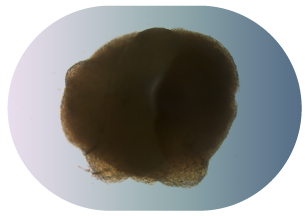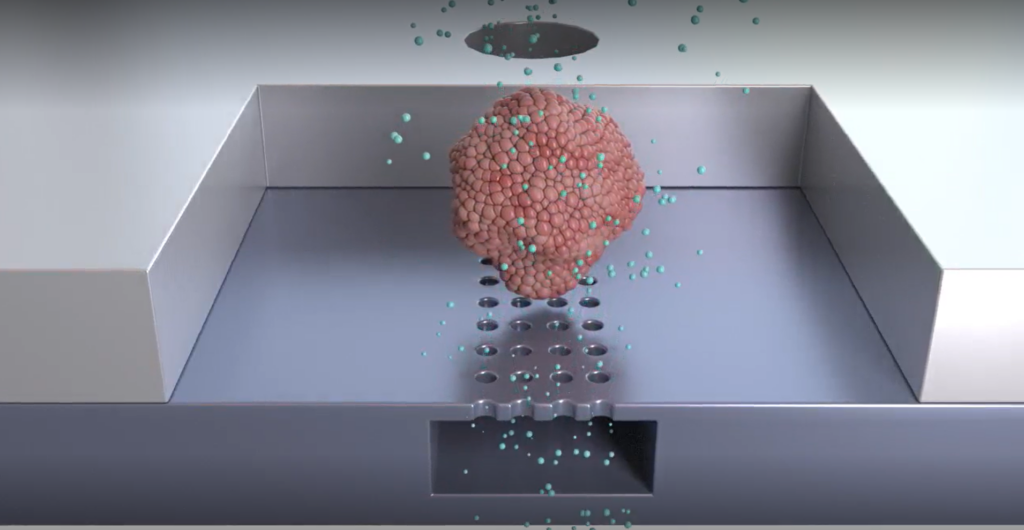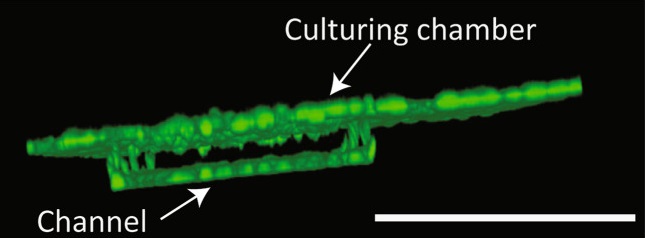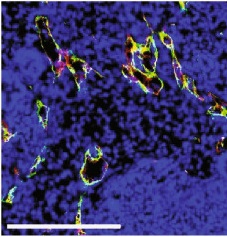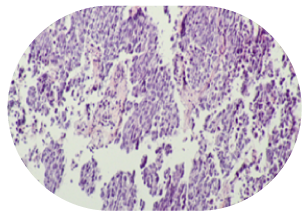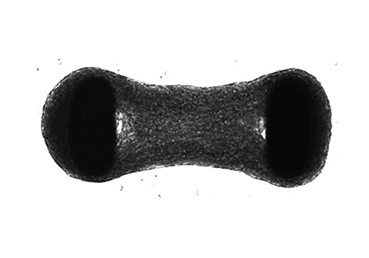The Bi/ond organ on chip platform, with its microfluidic capabilities and multi-organ interaction potential, is a groundbreaking technology that redefines the way we conduct organoid research.
From the vascularization of (kidney or other) organoids to drug testing and beyond, this technology opens doors to a myriad of opportunities in both research and pre-clinical applications, bringing us closer to understanding and harnessing the power of human biology.

